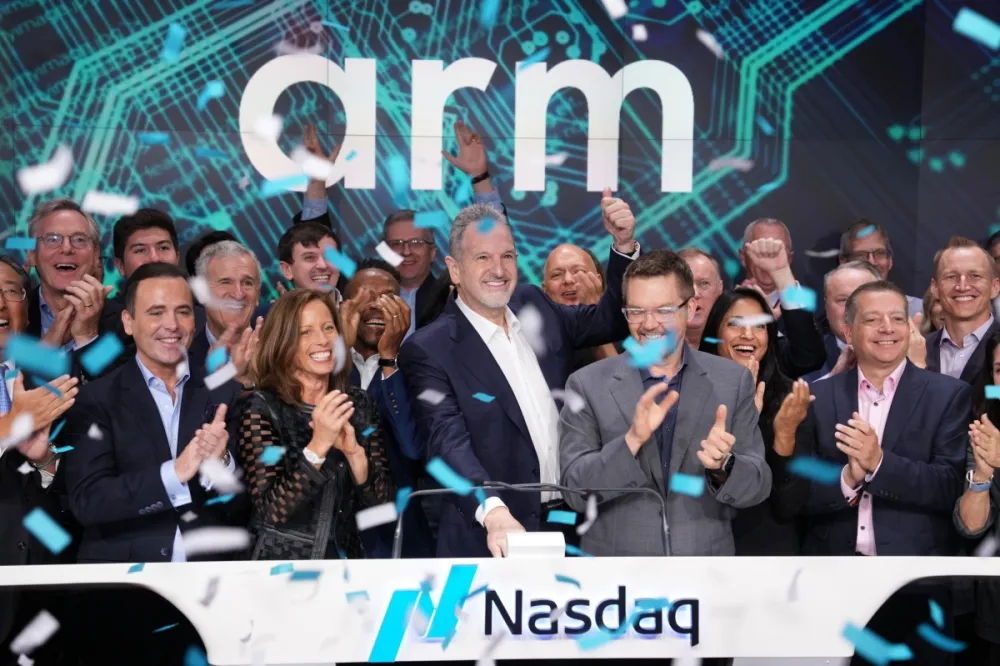Arm builds a comprehensive design ecosystem to promote customization needs of Neoverse computing subsystems
Arm has announced its initiative to advance the customization requirements of the Neoverse Compute Subsystem (CSS) by constructing the Arm Total Design ecosystem. This endeavor aims to onboard a plethora of ASIC designers, technology asset providers, data analytics tool enterprises, foundries, and firmware developers. The objective is to expedite and simplify the development process of the Neoverse Compute Subsystem, while concurrently reducing the costs associated with custom chip fabrication.
The inception of this ecosystem by Arm is set to empower a wider spectrum of industry players to craft bespoke chips through its solutions. Moreover, it enables the integration of the prevailing chiplet stacking technology trend and harmonization with the AMBA CHI C2C and UCIe chip designs.

For instance, Japanese chip designer Socionext has adopted the Neoverse Compute Subsystem customization blueprint and paired it with TSMC’s 2nm manufacturing process. The resultant product, constructed as a multi-core, chiplet-based chip, finds its applications in servers, and data center AI edge computing devices, and encompasses infrastructures for 5G and potential 6G networks.
The ecosystem sculpted for Neoverse Compute Subsystem customization demands now boasts affiliations with industry giants like Cadence, Synopsys, ADTechnology, Alphawave Semi, Capgemini, Faraday Technology, Socionext, Sondrel, and includes heavyweights like TSMC and Intel, along with AMI. These collaborators furnish resources spanning technology assets, data analytics, foundry services, and firmware development.
Under this ecosystem’s aegis, Arm delineates the design framework, facilitating industry participants to swiftly leverage the resources offered by Total Design ecosystem partners. This accelerates the creation of their unique custom chip products, hastens their market entry, trims development costs, and simultaneously propels the growth of ecosystem collaborators.






